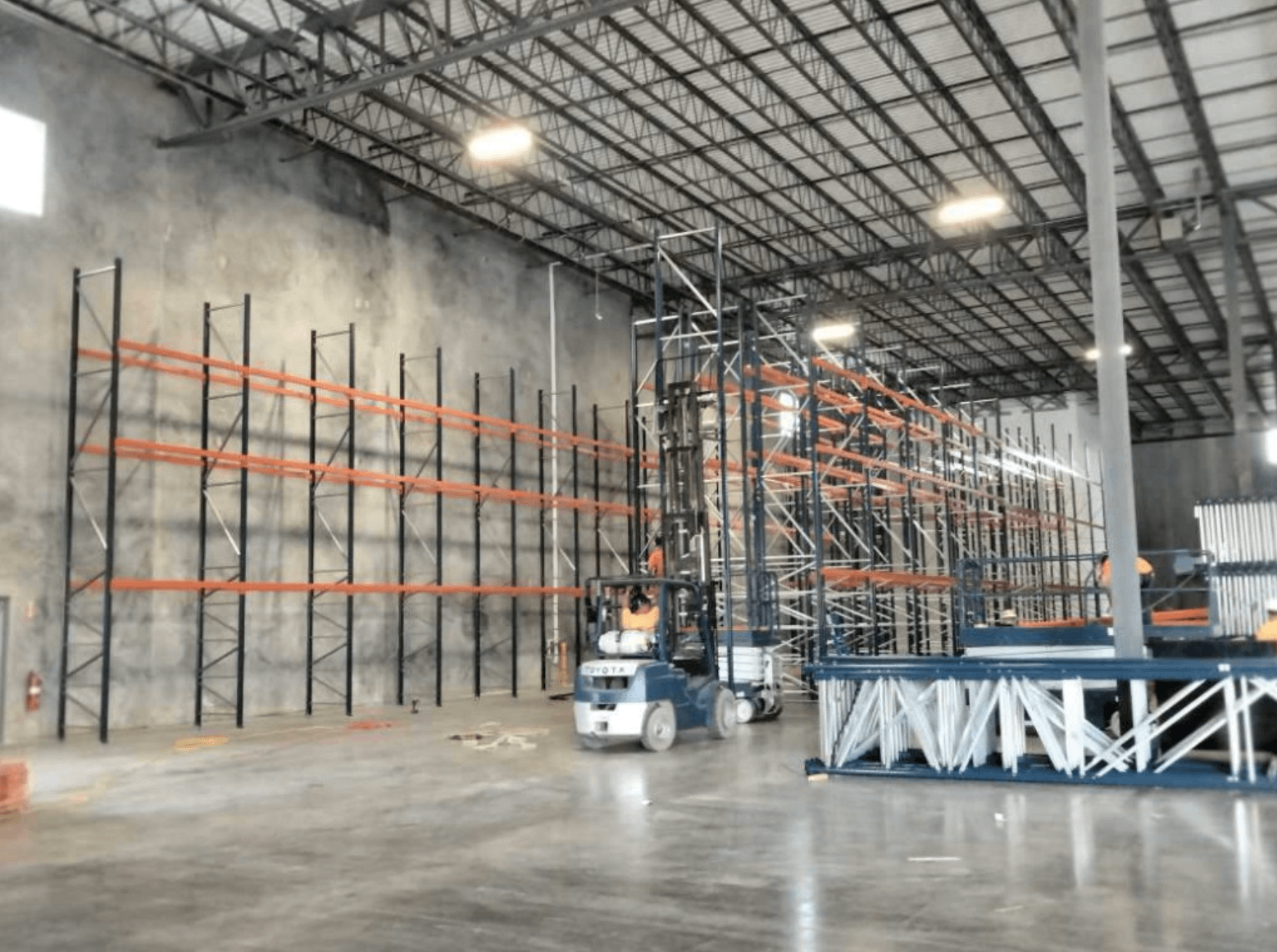Although vertical farming systems are inherently different from the regular farming styles that people traditionally use, there are still many places and people who choose to use them. It is easy to see why once you consider the benefits of a vertical farming system.
Indoors
The first big difference of the vertical farming system is that they can be indoors. This lets these farms avoid a variety of risks that come with being outside. The biggest concern is the weather, as normal farms have to adjust to changing seasons and risk destruction from storms. Vertical farming systems are safe from exposure. Plus, they can grow crops year-round, as they avoid season changes.
Fewer Resources
Vertical farming will provide several advantages, as it requires fewer resources to work properly. A normal farm would have to worry about soil and water usage, but vertical farming systems reduce the consumption of these resources greatly. This will save you a lot of money over the course of a year.
High Density
These systems also use space differently, maximizing not only the ground layer but also using empty air space. Normal farming cannot carry nearly the same number of plants in one area when you compare it to high-density vertical growing systems.
No Chemicals
Normally, a farm would need to use some form of pesticide to keep bugs and insects away, along with any diseases that might come along. However, with indoor growing systems, you can prevent these dangerous threats to your plants without relying on chemical sprays. This keeps your plants healthy and clean.
The benefits of vertical farming systems do not end there. Other benefits to consider include the reduced labor costs of this system as well protection from repeated stress injuries to workers. With all these benefits, it is easy to see why more places are starting to use vertical farming systems to grow their own plants.


